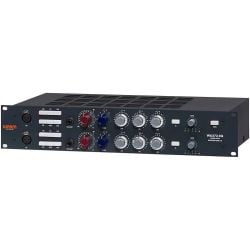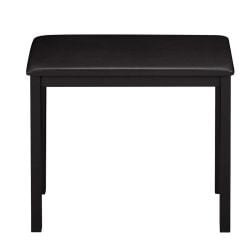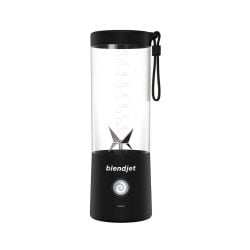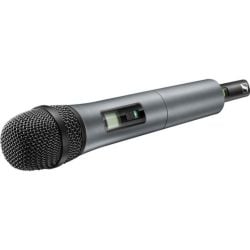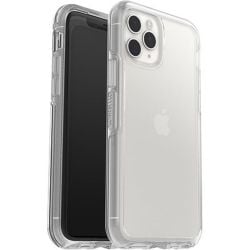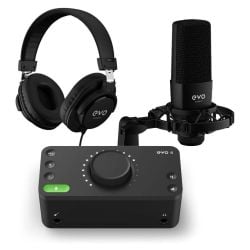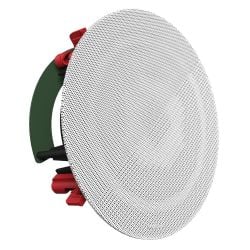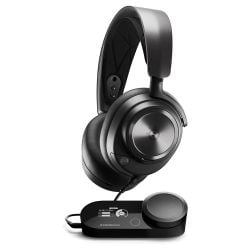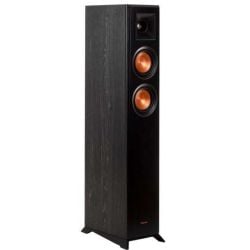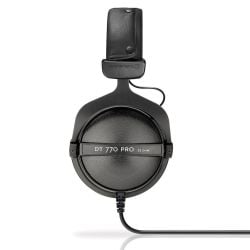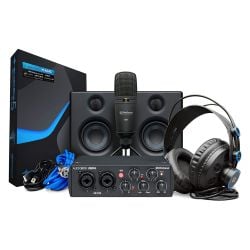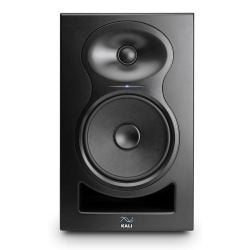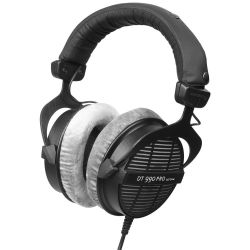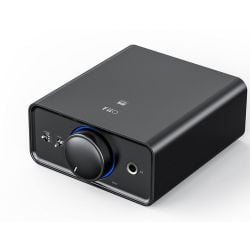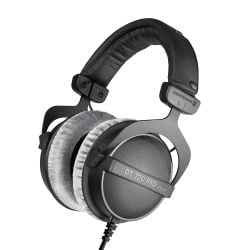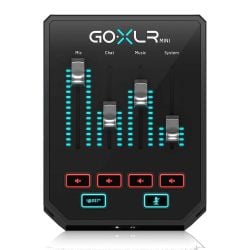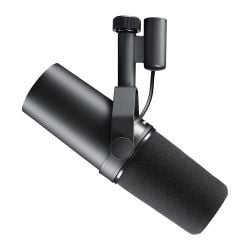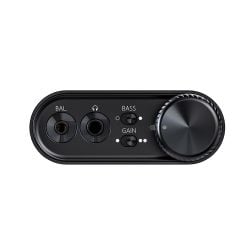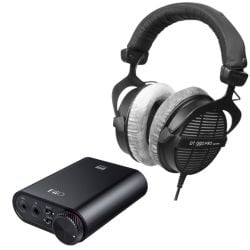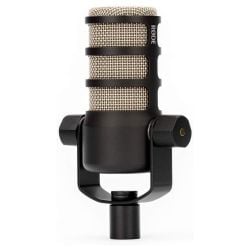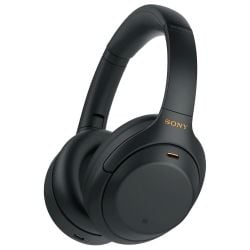Kali Audio LP-8 V2 8-inch Powered Studio Monitor - Black
The Kali LP-8 V2 put the ability to achieve excellent mixes within anyone's grasp. This monitor helps content creators and professional mixers—and if you purchase two—you can deliver exceptional mixes using the advanced waveguide for 3D imaging. The monitor offers clear sound reproduction throughout the frequency range, a low-noise performance, and a sensitivity that reaches levels necessary for creating punchy and fully realized mixes.
Features:
- 8-inch powered studio monitor with 1-inch soft-dome tweeter
- Bi-amped design with integrated Class D power amp
- Ruler-flat frequency response
- Exhibits negligible levels of distortion, a full 6dB lower than its nearest competitor
- Boasts 20dB of headroom while playing continuously at 85dB
- Large magnets and voice coils produce super-accurate low-end response and impressive low-frequency extension
- Cutting-edge waveguide design creates a massive soundstage with spot-on imaging
المنتجات المقترحة
منتجات شاهدها عملاء آخرون
معاينة موقع سماعة تك
تفاصيل المُنتج
- Powered: Yes
- Power Configuration: Bi-amped
- Quantity: Single
- LF Driver Size: 8" Woofer
- LF Driver Type: Paper Cone
- HF Driver Size: 1" Tweeter
- HF Driver Type: Soft Dome
- LF Driver Power Amp: 60W
- HF Driver Power Amp: 40W
- Total Power: 100W Class D
- Frequency Range: 45Hz-21kHz (±3 dB)
- Frequency Response: 37Hz-25kHz (-10 dB)
- Crossover Frequency: 1.8kHz
- Maximum Peak SPL: 117 dB
- Input Types: 1 x XLR, 1 x 1/4" TRS, 1 x RCA
- Features: DIP Switch Room EQ Settings and HF/LF Trim
- Enclosure Type: Front Ported
- Enclosure Material: Vinyl-wrapped MDF
- Height: 16.5"
- Width: 10"
- Depth: 11.25"
- Weight: 19.8 lbs
- Warranty: 1 year
ماذا في العلبة
- Kali Audio LP-8 V2 8-inch Powered Studio Monitor - Black
الفيديوهات
مواصفات المُصنع
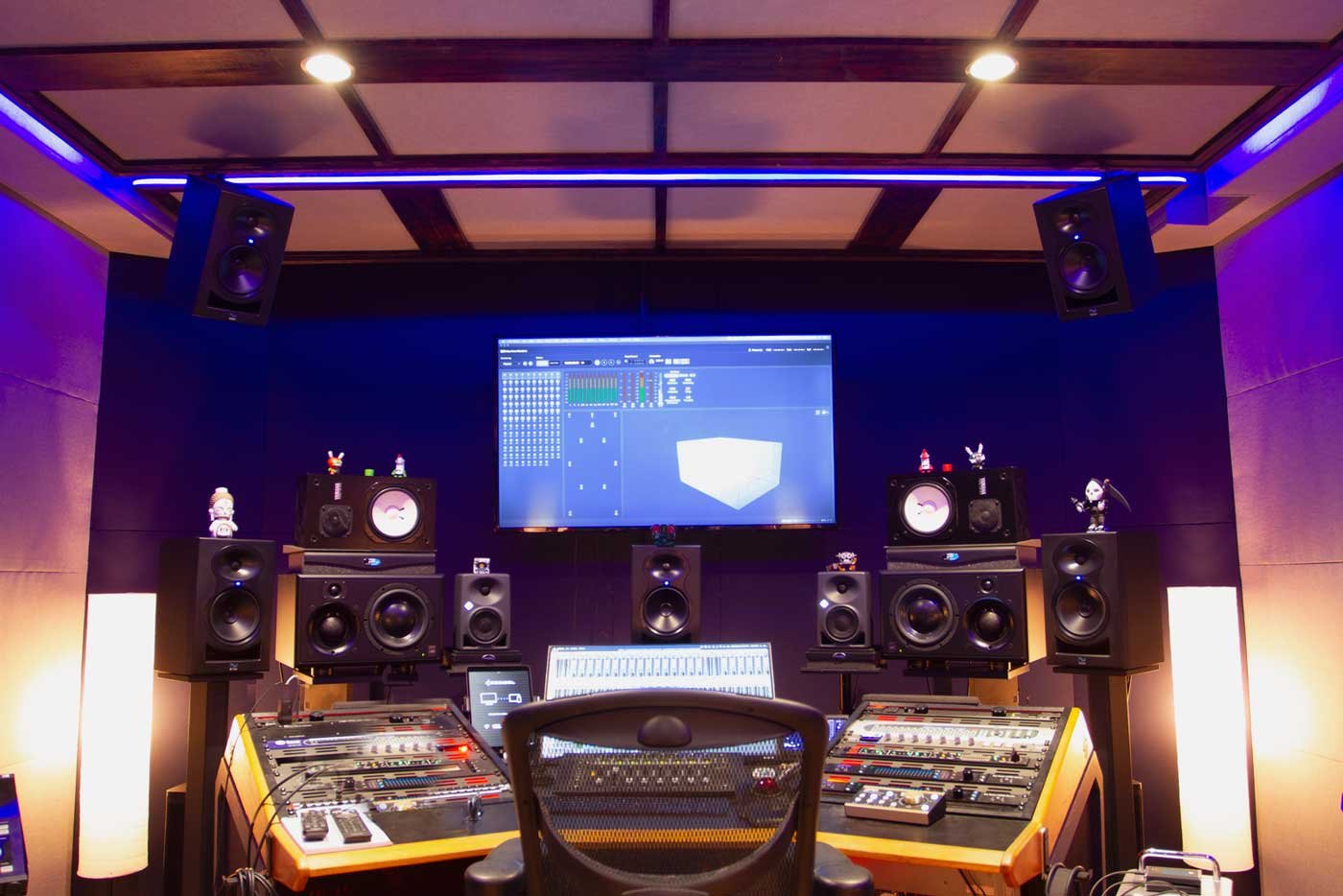
Immersive
Kali’s LP-Series speakers represent one of the most budget-friendly ways to get into immersive mixing formats like Dolby Atmos. With complete systems starting at around $3000, you can build an immersive mixing rig without breaking the bank. Importantly, Kali’s users enjoy excellent translation across a variety of systems, so when you’re mixing a high profile project, you know your client will be happy and the mix will sound its best.
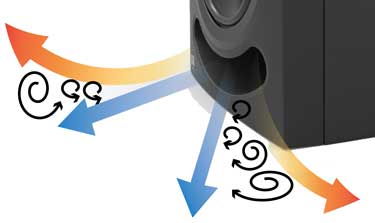
Boundary EQ Control
A speaker’s given position in a space can drastically change it’s frequency response. A speaker placed against a wall or on a desk will sound very different than a speaker placed on a stand, even in a well-treated space. Hard surfaces like walls, desk tops, and recording consoles can change the low end frequency response of the monitor, and degrade the overall clarity of the sound.
Happily, most of the common positions are fairly predictable and easily corrected.
Kali’s team did our Boundary EQ tuning at The Village Studios in Los Angeles, and came up with boundary compensation EQ settings to help you get the optimum sound for where you need to put your speakers. For the 2nd Wave, the boundary EQs have been updated for using the speakers on a desk with monitor stands.
Combined with the LF and HF trims, this will ensure that the speakers sound their best no matter what room you’re mixing in, or where the speakers are placed.
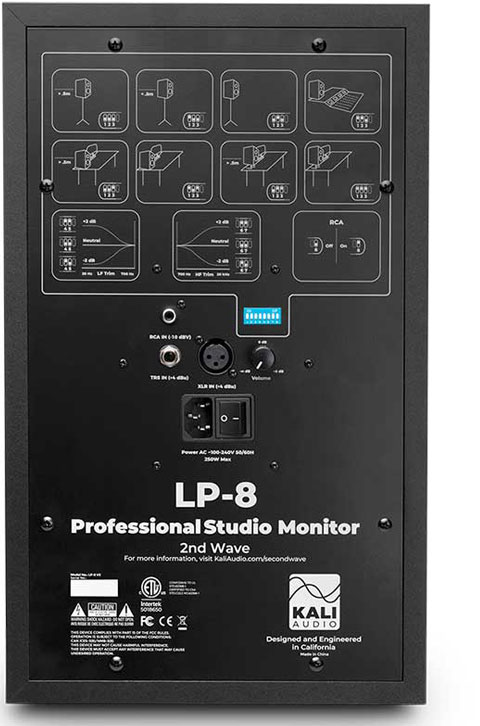
3-D Imaging Waveguide
The waveguide on the Lone Pine Series studio monitors ensures that the directivity of the loudspeaker is smooth throughout its frequency response. What’s more: it’s calibrated so that the sound power of the loudspeaker helps you to perceive sound accurately.
In practical terms, what this means is that you’re hearing spatial details in the recording that allow your brain to place elements of the recording in the space around you. This gives the speakers a more natural, lifelike feel that exposes more of the detail of the material that you’re working on. This level of detail makes it easier to make critical decisions, as well as making these monitors pleasurable to mix on and listen to in general.
 BHD
BHD JOD
JOD KWD
KWD LBP
LBP OMR
OMR QAR
QAR SAR
SAR USD
USD







